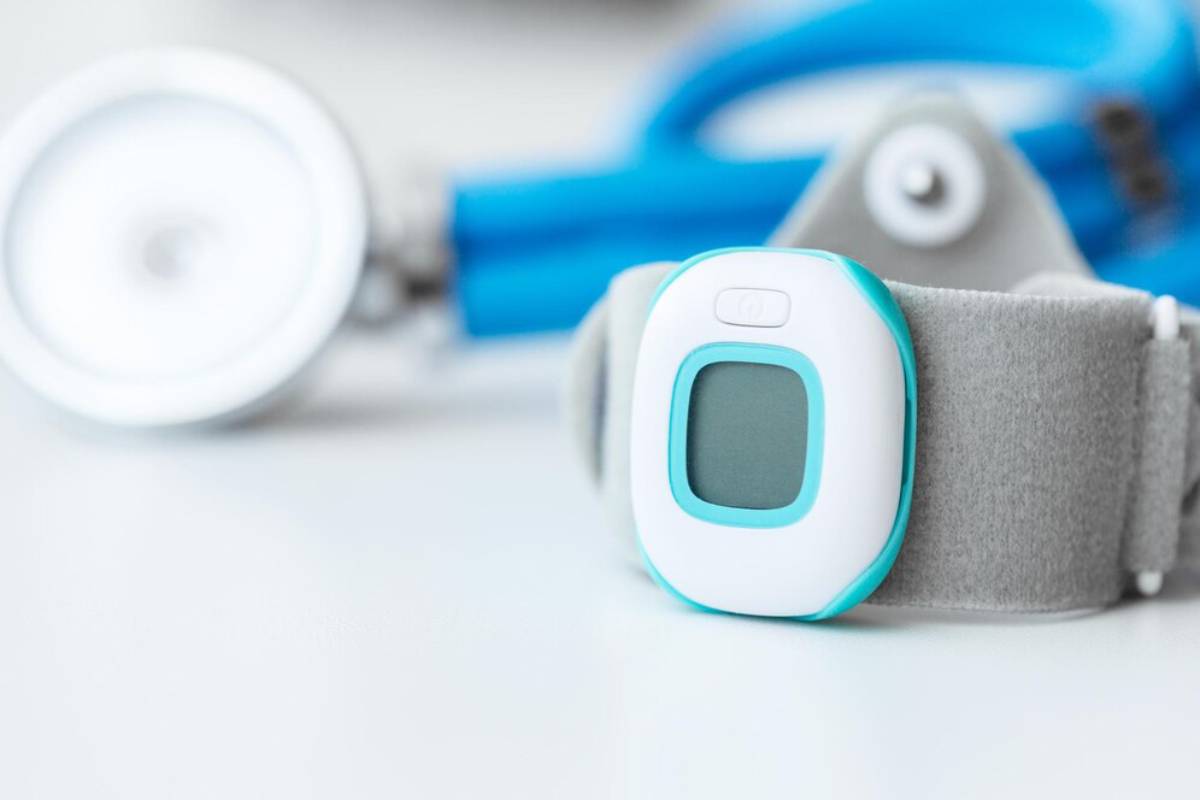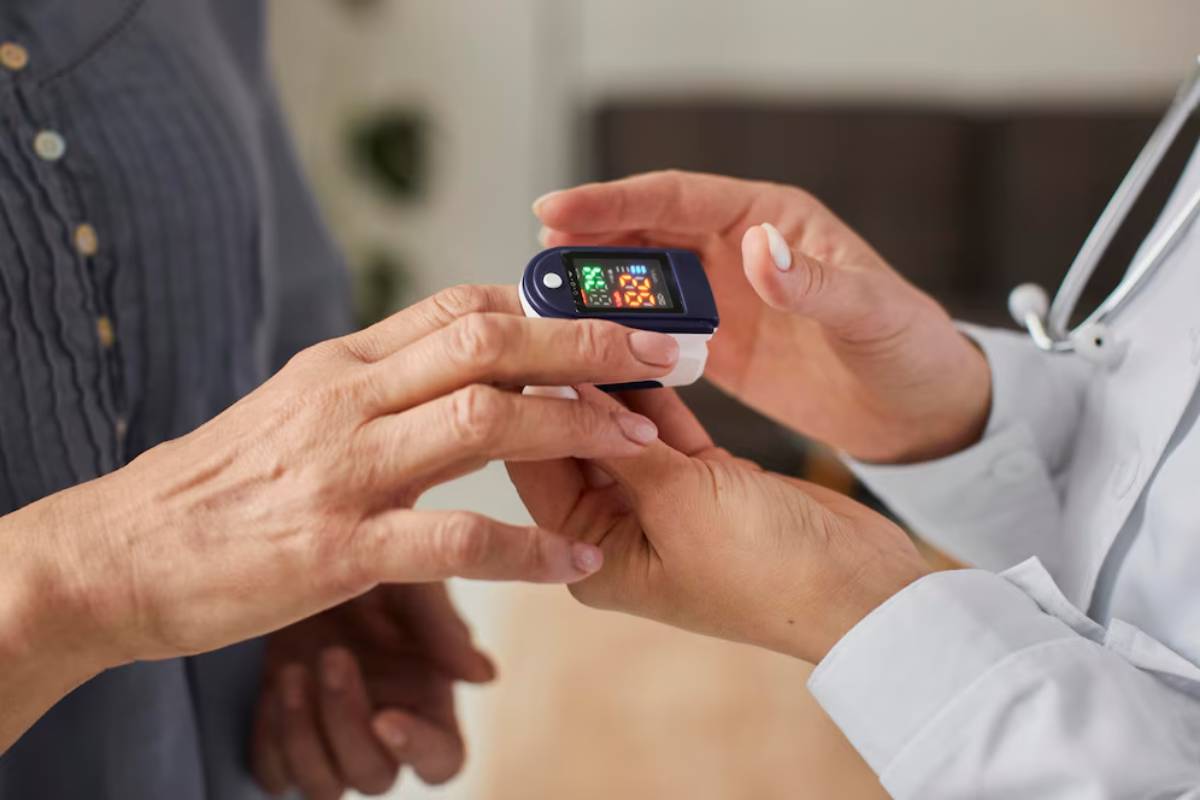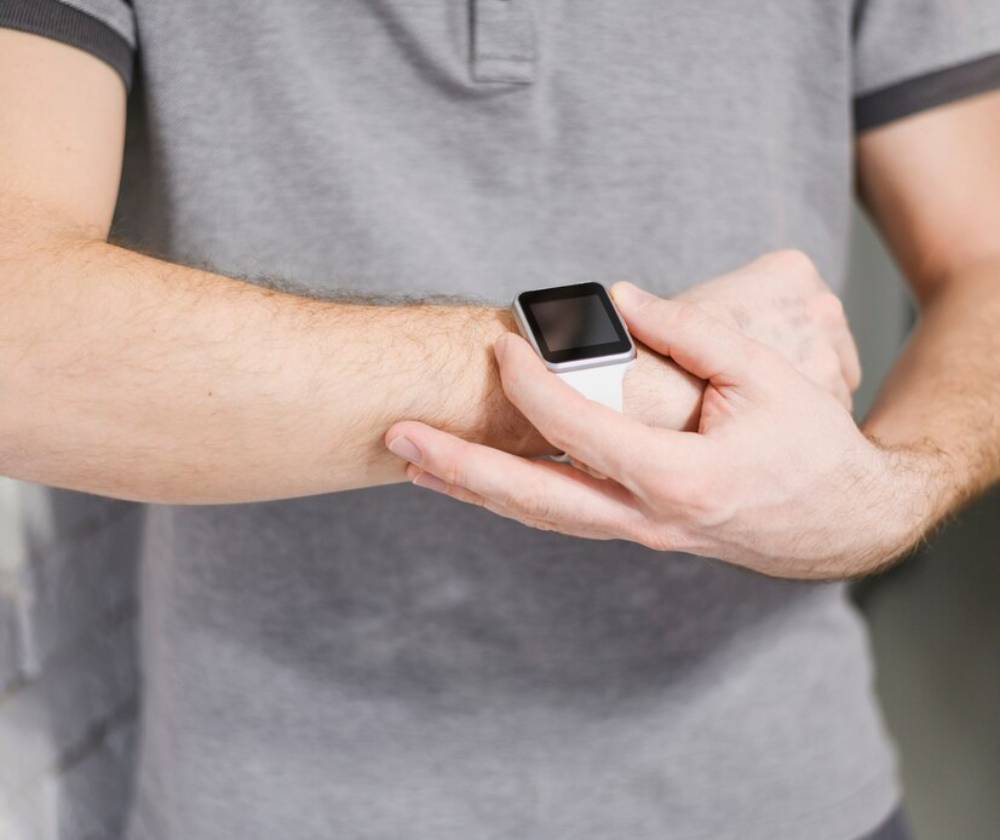
How Wearables Are Transforming Chronic Disease Management
Recently, the healthcare industry has seen a tech revolution thanks to wearable devices. These handy gadgets, often worn on wrists or clipped to clothes, are key tools for managing chronic diseases. Wearables could change how we track health. They hold great promise for both patients and healthcare providers. But what makes wearables such a game-changer in chronic disease management? In this blog, we look at how wearables can change healthcare. We’ll cover their benefits, clear up common myths, and discuss their future role.
Wearables are now linked to health monitoring. They give real-time data, helping people take charge of their health. Smartwatches and fitness trackers have sensors that monitor health metrics. They track heart rate, physical activity, and sleep patterns. Chronic diseases are on the rise. So, integrating wearables into healthcare is more important than ever. Let’s explore the significance of wearables in chronic disease management and why they matter more than ever.
Key Benefits / Why It Matters

Revolutionising Health Monitoring
Wearables have changed health monitoring. They provide constant and easy tracking of vital signs and health metrics. Wearables give important health insights for people with chronic diseases like diabetes, high blood pressure, or heart problems. Wearables are easier than traditional monitoring methods. They don’t need frequent clinic visits or heavy equipment. This real-time data helps with quick actions. It lowers the risk of complications and boosts overall disease management.
Empowering Patients Through Data
A key benefit of wearables is how they empower patients. They give users actionable health data. When people see their health metrics, they can make better choices about their lifestyle and treatment plans. A person with diabetes can check their glucose levels during the day. They can then adjust their diet and medication as needed. This level of personalization helps people feel in control. So, they take more responsibility for their health. This can lead to better health outcomes.
Facilitating Remote Patient Monitoring
Wearables in healthcare enable remote patient monitoring. This is key to modern healthcare. Wearables use wireless connections to send health data to healthcare providers. This helps them monitor patients’ conditions from afar. This feature helps people who can’t easily reach healthcare facilities. It’s especially useful for those in rural areas. Remote monitoring improves patient care. It also lowers the strain on healthcare systems by cutting down on hospital visits and admissions.
Enhancing Early Detection and Prevention
Wearables play a pivotal role in the early detection and prevention of chronic diseases. Wearables monitor vital signs and health metrics. They can spot small changes that may mean a health issue is starting. For example, a sudden increase in heart rate variability could signal potential cardiac problems. Early detection helps with quick medical care. This stops diseases from getting worse and lowers the chance of serious problems.
Real-Life Applications and Data-Backed Insights
The impact of wearables on chronic disease management is not just theoretical. It is backed by real-life applications and data. Many studies show that wearables help improve health for people with chronic conditions. Research shows that wearables help patients with hypertension stick to their medication. This leads to better control of blood pressure. Wearables can boost physical activity and help manage weight in people with obesity. This leads to better overall health.
Additional Expert Tips & Common Mistakes to Avoid
Best Practices for Wearable Use
To maximise the benefits of wearables in chronic disease management, it is essential to follow best practices. Firstly, selecting the right device is crucial. With many wearables on the market, people should pick a device that meets their health needs and preferences. Talking to healthcare professionals can help you choose the best wearable.
Secondly, consistency is key. Using wearables regularly helps gather accurate data. This lets people track trends and patterns in their health metrics. Setting reminders and incorporating wearables into daily routines can help maintain consistency.
Common Mistakes and Misconceptions
Wearables offer many benefits, but there are common mistakes and ideas that people should know about. A common mistake is to depend only on wearables for health tracking. It’s important to also talk to healthcare professionals. Wearables offer useful data, but they should support, not substitute, professional medical advice and care.
Another misconception is assuming that wearables alone can cure or manage chronic diseases. Wearables provide useful insights, but they’re only part of a complete disease management plan. To manage the disease well, stick to lifestyle changes, take your medicine as prescribed, and go to regular check-ups.
Advanced Insights / Expert Recommendations
Integrating Wearables into Healthcare Systems
Integrating wearables into healthcare systems is crucial for managing chronic diseases effectively. Healthcare providers should work with tech developers. This helps ensure smooth data sharing and interoperability. This integration gives a complete view of patients’ health. It helps create personalized treatment plans and allows for timely interventions.
Addressing Privacy and Security Concerns
Wearables gather and share sensitive health data. So, it’s crucial to tackle privacy and security issues. Manufacturers and healthcare providers should focus on data protection. They need to use strong security measures and follow data privacy rules. Educating users on best data security practices can also enhance their confidence in wearables.
The Future of Wearables in Healthcare
Wearables in healthcare have a bright future. Technology and data analytics are constantly improving. AI and machine learning are now part of wearables. They help provide predictive insights and personalised health tips. Wearables are getting smarter. Their ability to change how we manage chronic diseases will keep growing.
Final Thoughts: Embracing Wearables for Better Chronic Care

In conclusion, wearables are changing how we manage chronic diseases. They improve health monitoring and empower patients. They also help with remote monitoring and boost early detection and prevention. Integrating them into healthcare systems can boost health outcomes. It may also ease the workload for healthcare providers. To get the most from wearables, people should use them regularly and follow their doctor’s advice.
Wearables are becoming more important in managing chronic diseases as healthcare changes. By using this technology and keeping up with its progress, people can improve their health and well-being.
Are you ready to take control of your health with wearables? Explore the options available and consult with your healthcare provider to find the right device for you. Remember, your health is in your hands, and wearables are here to support you on your journey to a healthier life.


